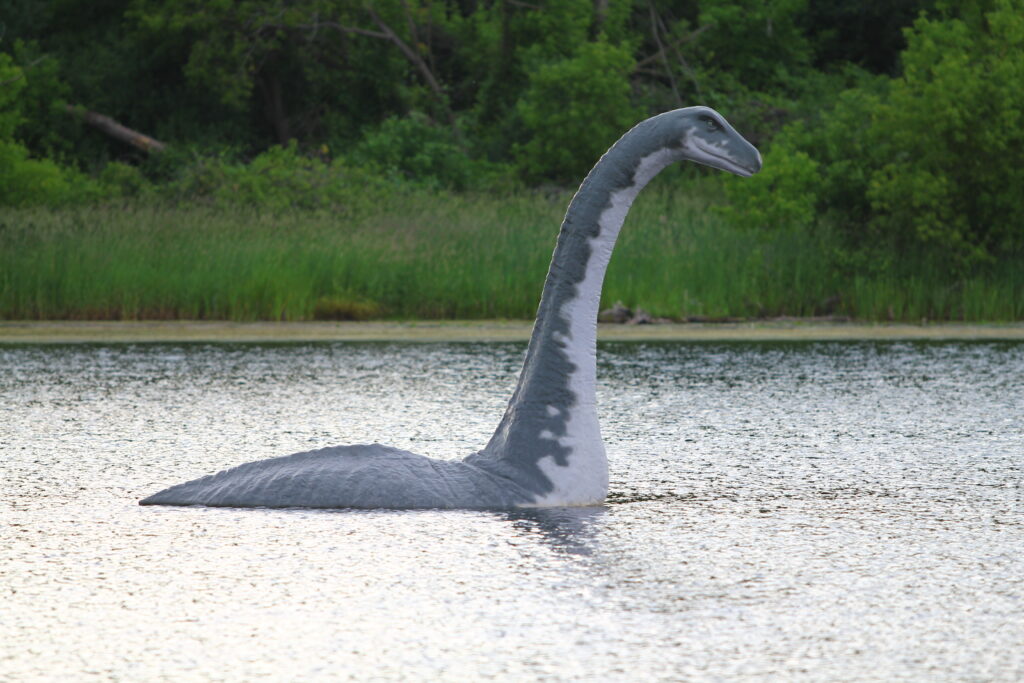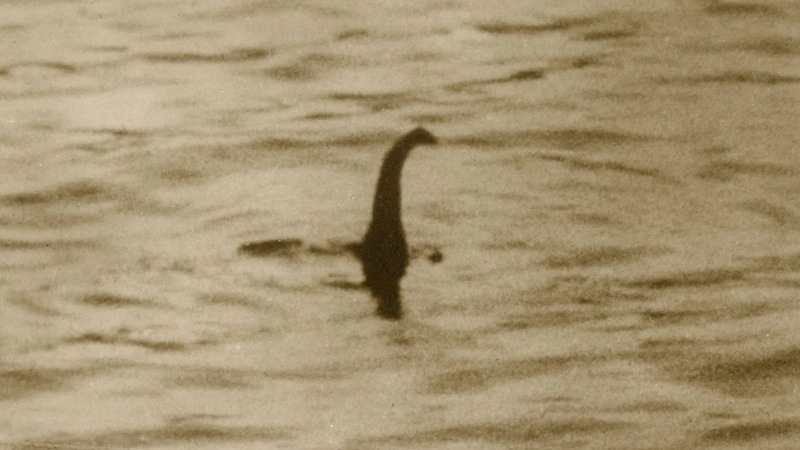As a person of Scottish ancestry, I’ve always had a deep and abiding interest in Nessie, the Loch Ness monster. Apparently, I’m not alone. Nessie is a creature that has captivated the imaginations of people worldwide. Stories of Nessie have been circulating for centuries, sparking debates, scientific investigations, and an endless stream of media attention. But is there any truth behind the legend? Let’s dive into the evidence for and against her existence…
The Origins of the Legend
The earliest recorded sighting of a creature in Loch Ness dates back to 565 AD, when Saint Columba is said to have encountered a “water beast” that was terrorizing the locals. However, it wasn’t until the 20th century that Nessie became a global phenomenon.
Key Sightings and Evidence
The 1933 Spicer Sightings: In July 1933, George Spicer and his wife reported seeing a large, creature crossing the road near Loch Ness, describing it as having a long neck and a lumbering body. This sighting captured the public’s imagination and sparked a wave of interest and further reports.
The Surgeon’s Photograph (1934): Perhaps the most famous piece of evidence is the “Surgeon’s Photograph,” purportedly taken by Robert Kenneth Wilson. The image shows a long-necked creature emerging from the water. For decades, this photo was seen as definitive proof of Nessie’s existence. However, it was later revealed to be a hoax, with Wilson’s photograph being a staged model.
The Dinsdale Film (1960): Aeronautical engineer Tim Dinsdale filmed a hump-like shape moving across the water. The footage, though grainy, was analyzed extensively, and some experts claimed it showed a large, animate object. Others, however, argued it could simply be a boat or a wake from a vessel.
Sonar and Submarine Explorations: In the latter half of the 20th century, sonar explorations and underwater investigations have been conducted to search for Nessie. Notable among these is the 1970s Operation Deepscan, which used 24 boats equipped with echo-sounders to sweep the loch. The operation detected unidentified objects, but none were conclusively proven to be the monster.
Evidence Against Nessie
Hoaxes and Misidentifications: Over the years, many supposed sightings and photographs have been debunked as hoaxes or misidentified objects. The Surgeon’s Photograph pictured at the top of this blog, once a cornerstone of the legend, turned out to be a model submarine with a fabricated neck.
Absence of Conclusive Physical Evidence: Despite extensive searches, no physical remains of a large aquatic creature have ever been found in Loch Ness. This lack of tangible evidence casts significant doubt on the existence of Nessie.
Natural Explanations: Many sightings can be explained by natural phenomena such as boat wakes, floating logs, or otters. Loch Ness is known for its unusual underwater currents and cold, deep waters that can create optical illusions, further complicating accurate observation.
Scientific Consensus: Most scientists and experts argue that there is no credible evidence to support the existence of the Loch Ness Monster. Studies on the loch’s ecosystem suggest it could not sustain a population of large animals, which would need a substantial food source and habitat.
The Cultural and Economic Impact
The legend of the Loch Ness Monster has had a profound cultural and economic impact on the region. Loch Ness has become a major tourist destination, attracting thousands of visitors each year eager to catch a glimpse of Nessie. The monster has also become a symbol of Scottish heritage and folklore, inspiring countless books, movies, and documentaries.
Modern Investigations
In recent years, the search for Nessie has become more scientific and technologically advanced. In 2018, a team of researchers conducted a comprehensive DNA survey of Loch Ness, analyzing water samples for traces of biological material. The study found no evidence of large animals such as plesiosaurs or giant fish, but it did find a significant amount of eel DNA, suggesting that large eels could be responsible for some sightings.
The Loch Ness Monster remains one of the world’s most enduring mysteries. While the evidence against Nessie’s existence is compelling, the legend continues. Perhaps it is the allure of the unknown, the romance of a hidden world beneath the waves, or simply a testament to the power of myth and storytelling. Or maybe it’s just the dark mystery of the Scottish landside. Whether real or imagined, Nessie will continue to spark curiosity and wonder for generations to come.

References
- Surgeon’s Photograph Hoax: BBC
- Operation Deepscan: The Guardian
- DNA Survey of Loch Ness: CNN
- Nessie’s Cultural Impact: VisitScotland
What do you think? Is there a creature lurking in the depths of Loch Ness, or is it all just a fascinating tale? Share your thoughts in the comments!
